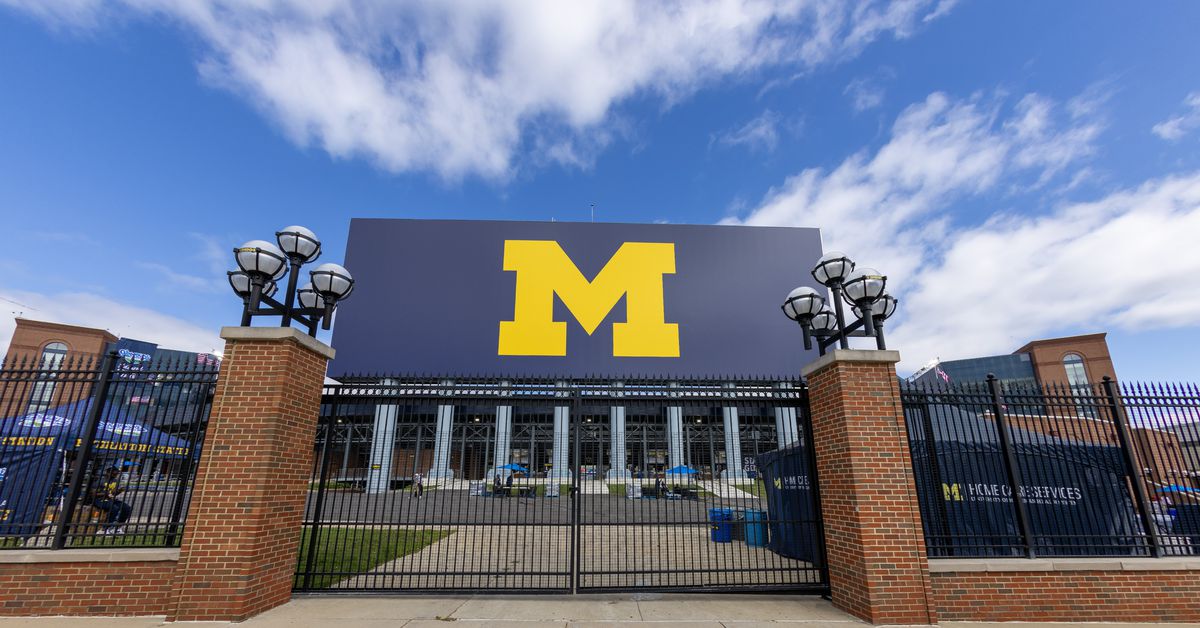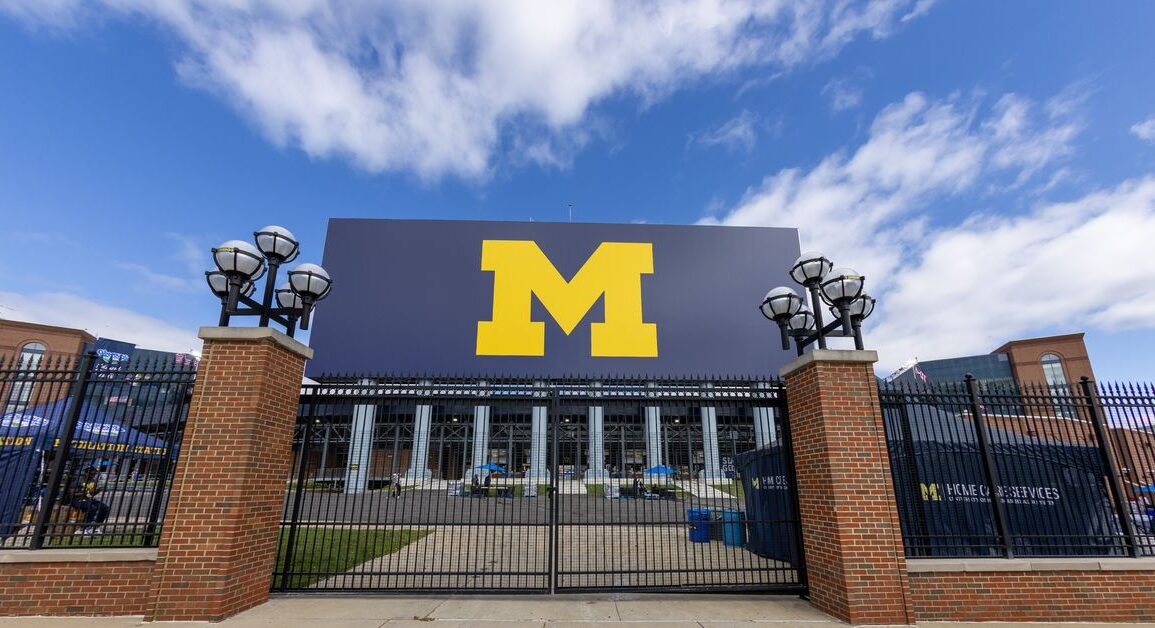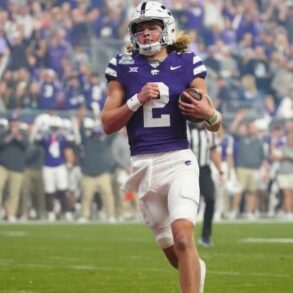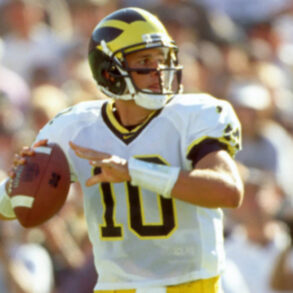
The world of college athletics is preparing for a seismic change in just two months with the House vs NCAA case expected to be approved on April 7. As the leading source of revenue for athletic programs across the country, college football teams are expecting up to $17.5 million to be split among the athletes, and true NIL deals are expected to be the ice cream on top of the birthday cake.
The Michigan Wolverines took their time understanding the NIL space for the first few years during its existence, staying cautious of paying someone too much money without understanding the ramifications of paying millions of dollars to teenagers. When Michigan made the National Championship, however, the program got more aggressive in the space. Now, the Wolverines are dishing out millions of dollars to high schoolers and have the No. 6 ranked class in 2025 because of that.
But given the uncertainty in how revenue sharing will impact recruiting, retaining players and team chemistry, many are wondering if college football is moving closer to becoming a secondary professional football league to the NFL.
In an interview with Jon Jansen on the In The Trenches podcast, Michigan Football GM Sean Magee explained the differences between the NFL — which has structured draft and free agency processes — and college football, which is continuously changing and will continue to do so after April 7.
“In the NFL, when you’re a free agent and another team offers you the most money, you’re going,” Magee said. “There’s no decision. That’s the decision — they’ve offered the most. That isn’t the college environment yet. Now, it could be, right? But the individual still has their own agency on where they decide to go. It’s not just a transactional environment where Team A offered X, which is higher than Team B. This is still a decision based on relationship, based on wants, based on needs, desires, or maybe it’s geographic, maybe it’s a family push, whatever it may be. Players still have the agency to decide where they wanna go. It’s not just taking the highest offer.”
The Wolverines have preached culture, the Michigan degree and the relationships formed between the coaches and players as other factors that influence a player’s decision to come to Ann Arbor. The “value” of what Michigan offers players far exceeds monetary value, and that is why Magee believes Michigan can continue to be successful in the new NIL space.
Relationship between front office and coaches
Another big difference between college and the NFL is the relationship with the front office and the coaching staff. In the NFL, the general manager and their personnel make the roster decisions, and the coaches fall in line with what those decisions are. In college, however, the general manager and the head coach are in communication every single day, and it is the coach that goes on the road to find new talent for their roster.
“We are constantly — throughout every day, week, month — in constant communication about what this roster looks like, what the vision is, what the strategy is, how we’re gonna execute getting there,” Magee said. “…Ultimately, the head coach — he’s the chief executive of the program, but the process gets us to making those decisions. So the more accurate and disciplined we are with the process, those decisions aren’t that, ‘Well, we’re doing this over everything else.’ The process is leading us to conclusions.”
Roster construction
These decisions relate to who is on the roster, but it is also about how the roster is constructed. With the House Settlement reportedly being approved in April, Michigan will need to cut its roster from 136 players in 2024 to 105 in 2025. That means taking away walk-on spots, cutting numbers in certain position groups and prioritizing talent across the board rather than overloading talent at one position.
In the NFL, a roster consists of 53 players, which typically are split between 25 offensive players, 25 defensive players and three special teams players. While the roster is still doubled in college, Magee and head coach Sherrone Moore are constantly evaluating how the roster should look.
“If we’re at 105, we have a goal and a vision of how many we need at each position,” Magee said. “A talent accumulation approach — if we’re gonna have eight running backs on the roster and (have) a 105-man roster, let’s get the best eight running backs we can. Let’s spend to get this. But again, like any market where you don’t have infinite resources, is that the best deployment of your resource to go get the eight best running backs? Because how many are gonna touch the ball?
“With a capped amount of resources, how do you best allocate? You start to then work — myself and coach Moore talk every day about what those numbers should be, what it should look like, what the targets should be, how we’re gonna build this, not just for next year, but build it in years beyond.”
There will be many changes over the next few months that will drastically impact college athletics. However, it won’t be a full shift to the professional landscape of the NFL. College front offices will be able to work in their own unique way, and it’s encouraging to hear that Magee, Moore and the rest of those involved are in lockstep.
This post was originally published on this site be sure to check out more of their content.










